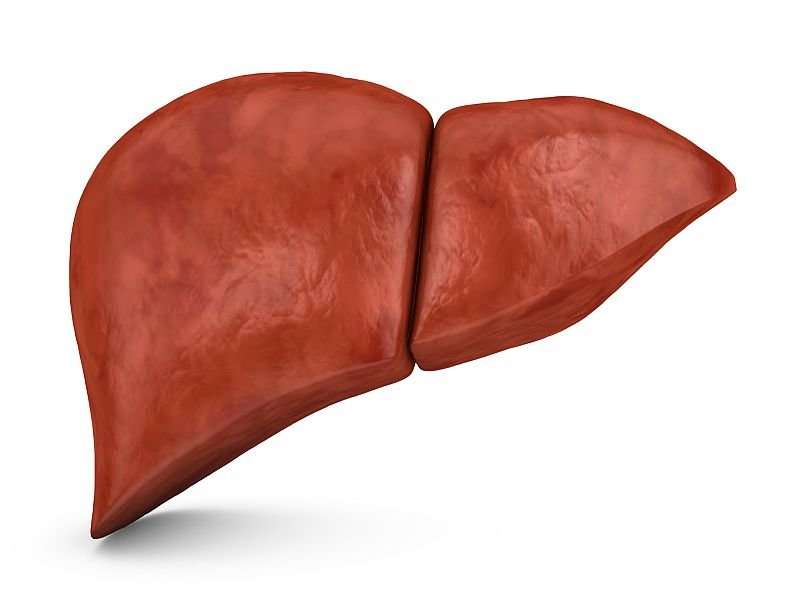Factors ID'd to predict fatty liver in obese teens

(HealthDay)—Ethnicity/race, markers of insulin resistance, and genetic factors might help identify obese youth at risk for developing fatty liver, according to a study published online April 17 in Hepatology.
Domenico Tricò, M.D., from the Yale University School of Medicine in New Haven, Conn., and colleagues conducted abdominal magnetic resonance imaging to quantify hepatic fat content, an oral glucose tolerance test to assess glucose tolerance and insulin sensitivity, and the genotyping of three single nucleotide polymorphisms associated with nonalcoholic fatty liver for 503 obese teens. The assessments were repeated in 133 patients after two years of follow-up.
The researchers found that the prevalence of fatty liver was 41.6 percent and varied widely by ethnicity (42.9 percent for Caucasians, 15.7 percent for African-Americans, and 59.6 percent for Hispanics; P < 0.0001). African-Americans showed the highest prevalence of altered glucose homeostasis among patients with fatty liver (66 percent; P = 0.0003). Caucasian or Hispanic ethnicity (P = 0.021), high fasting C-peptide levels (P = 0.0006) and weight gain (P = 0.0006) were risk factors for fatty liver incidence. Resolution of nonalcoholic fatty liver at follow-up was predicted by hepatic fat fraction percent (P = 0.004) and weight loss (P = 0.032). Predictive performance was improved significantly by adding any of the gene variants to the other variables.
"The combination of ethnicity/race with markers of insulin resistance and genetic factors might help identify obese youth at risk for developing fatty liver," the authors write.
More information: Abstract/Full Text (subscription or payment may be required)
Copyright © 2018 HealthDay. All rights reserved.


















